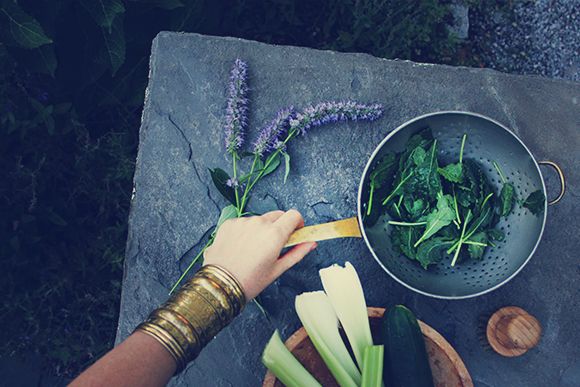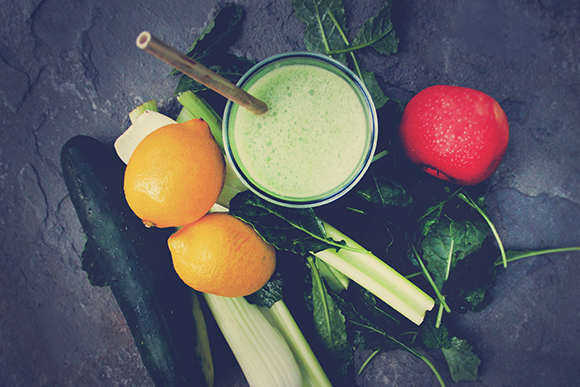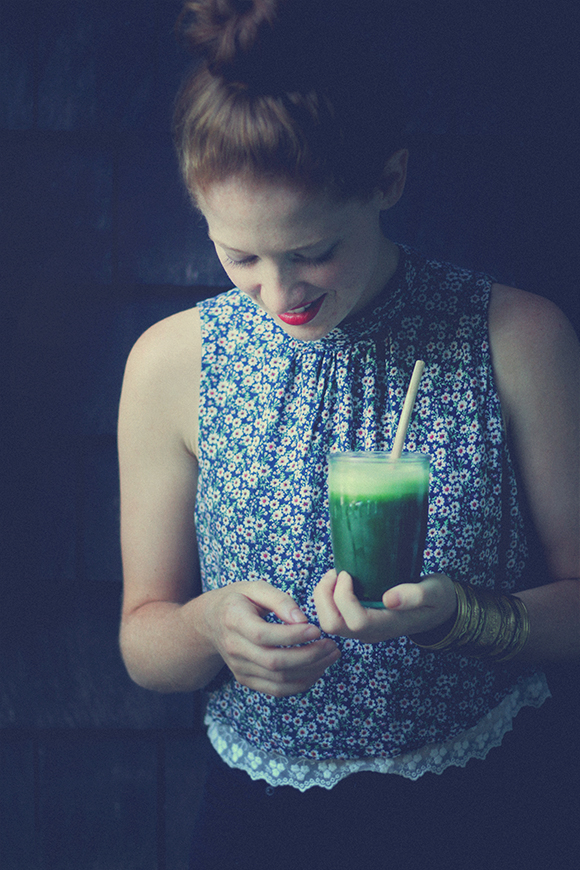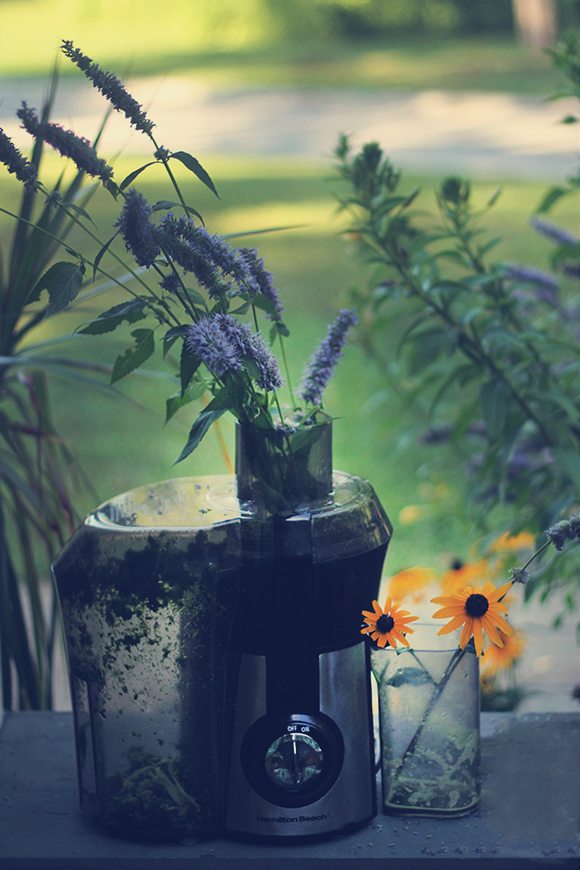6 Tips For Juicing At Home
Getting a juicer this summer has been nothing sort of life changing for me – in the best way possible.
I juice almost every single day – sometimes 2 or 3 times. I’ve noticed that my skin is clearer and brighter, I’m so much more energized – I require a lot less sleep – and I just feel so much healthier overall. I still make sure to eat lots of raw and sautéed vegetables (juicing removes fiber, which we certainly still need!), but I love how quickly and easily juicing allows our body to absorb the gorgeous nutrients on which we thrive. I was brand new to juicing at the beginning of the summer, but I’ve picked up a few tricks and tips over the past few months, and today I want to share a few! If you have any tips of your own, please share them in the comments. The more the merrier!
1. Wash those ingredients. Even though the juice comes mainly from what’s inside fruits and vegetables, it’s possible that what’s on the outside can contaminate the juice – like bugs, bacteria, and other parasites, just to name a few. Give your produce a good scrub before you put it through the juicer, and you’ll feel so much better when you sip on that delicious juice. If you’re interested, here are some tips on cleaning fruits & vegetables naturally!
2. Juice flimsy with firm. Although most juicers come with a tool to help push ingredients into them, some flimsy vegetables (like baby kale) seem like they go into the juicer yet nothing comes out! To get the most out of these vegetables, insert them into the juicer along with something more firm – like celery or cucumbers. This will help push everything through.
3. A little fruit goes a long way. I’m a huge fan of juices made entirely of gnarly greens – I’m talking kale, dandelion greens, swiss chard – those dark, leafy, nutrient-dense vegetables that do wonders for the body. But these produce a very bitter-tasting juice that is certainly not for the faint of heart. To make your vegetable juice taste a little more pleasant, add a bit of fruit. Fresh fruit is a healthy way to get some natural sugar into your body – just be sure not to overdo it. One small apple will do the trick! I also love adding a lemon to green juice as a low-sugar way to introduce an interesting dimension. Instead of putting it through the juicer, just squeeze half a lemon into your juice when it’s ready to be consumed!
4. Use a straw. Dark-colored juice – although wonderfully full of nutrients – can stain those beautiful white teeth of yours – especially if you’re juicing regularly. To avoid that altogether, vow to drink your juice through a straw every time! Easy.
5. Drink it quickly. There are two main types of juicers out there – centrifugal juicers and cold press juicers. This tip applies mainly to the former. Centrifugal juicers are less expensive than cold press juicers, and they’re the most common (that’s the kind I have). They extract juice using a spinning metal blade, which produces heat due to its speed. That heat oxidizes the nutrients and destroys some of the enzymes in your produce, leaving you with a slightly less nutritious juice (though still incredibly nutritious). These nutrients decline as time goes on, so it’s best to consume your juice as soon as it’s made. If you need to store it, do so in a totally airtight glass jar, and place it in the refrigerator as soon as you can. I recommend drinking your juice within 24 hours of it being made – although I always strive to drink mine within the first minute. 🙂
6. Wash your juicer right away. The cleanup is really the only part about juicing that kind of sucks. Juicers are made up of multiple parts, and the pulp has a tendency to get everywhere. Take it from me, though: Wash your juicer as soon as you’re done with it. The longer you let that pulp sit there, the longer you’ll probably end up leaving the juicer un-cleaned. The pulp can start to develop an unpleasant smell if left out, and it’ll become harder to scrub off of certain parts, as well. My juicer came with a handy plastic bristle brush to clean it, but I’ve found that a natural vegetable-cleaning brush with tampico fiber bristles works even better! While it seems like cleaning a juicer can take up an entire afternoon, it’s really only, like, three minutes total. I’ve timed it.
Do you have any more juicing tips? Please share!
Follow Brigette on Instagram, and have a look at her blog and Etsy shop!






